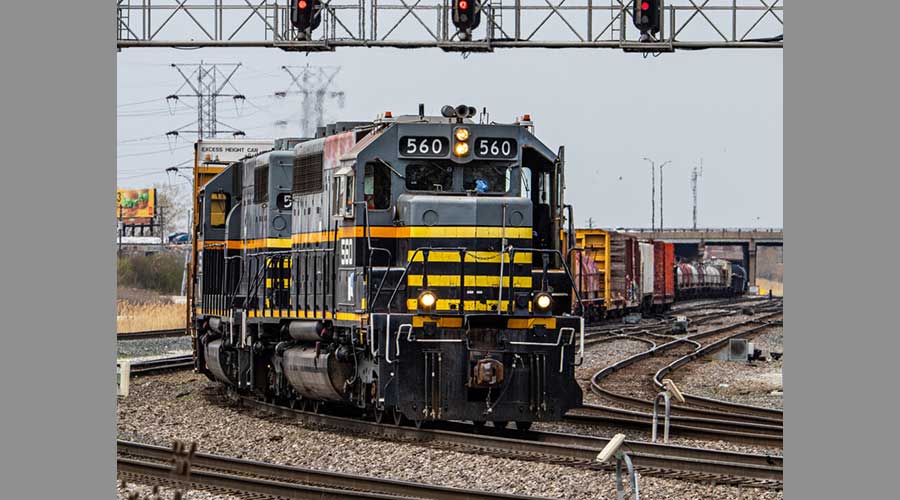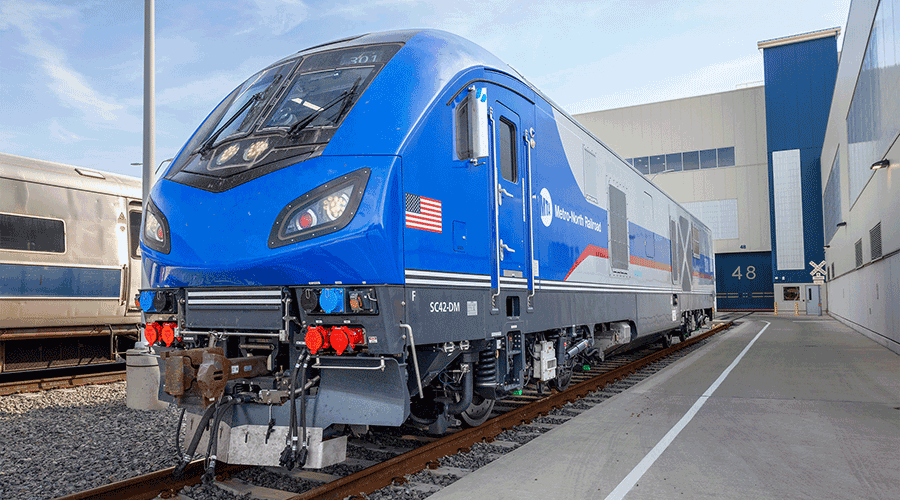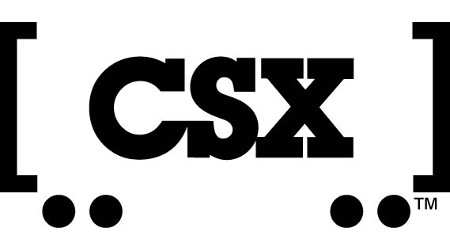Stay updated on news, articles and information for the rail industry
9/19/2012
Rail News: Intermodal
Major rail program at L.A.-area ports reviewed at AREMA conference
Yesterday, representatives from the Port of Long Beach, Calif., and Parsons Transportation Group reviewed the San Pedro Bay Ports Rail Enhancement Program at the American Railway Engineering and Maintenance-of-Way Association's annual conference and exposition in Chicago.
Estimated to cost about $700 million, the program includes several rail infrastructure improvements at the ports of Long Beach and Los Angeles that are designed to boost and maintain rail performance as cargo volumes grow over the next 20 years. The program will provide more on-dock rail capacity to reduce truck trips in and around the ports complex, said Carlo Luzzi, a professional engineer at the Port of Long Beach. The long-term goal is to boost the amount of freight handled by on-dock rail to 35 percent, he said, adding that on-dock rail's share currently is 31 percent.
The program is the result of several master plan and rail capacity studies conducted over the past 10 years that helped craft recommended rail improvements to maintain adequate rail service on the Alameda Corridor and through the ports to their rail yards. The ports are served by BNSF Railway Co. and Union Pacific Railroad, and Pacific Harbor Line Inc. provides switching and dispatching services.
The program includes an Ocean Boulevard track realignment and construction project, and a new Pier F rail support yard (both of which are slated for completion in 2013), as well as a new Pier 5 lead track, a new on-dock rail support facility and street realignment at Pier B, and other work. The Pier B improvements and enhancements are critical to improving freight flows though the entire complex's pipeline, said Michael Leue, a professional engineer with Parsons Transportation Group, adding the the program will help reduce rail bottlenecks and boost on-dock rail capacity.
In addition, the construction of longer departure tracks will enable the ports to better accommodate 10,000-foot trains — which are becoming more common — versus the current 8,000-foot leads, said Leue.
When the program is completed a number of years from now, the Port of Long Beach's annual rail-handling capacity is projected to increase from 2.3 million 20-foot equivalent units (TEUs) to 4.7 million TEUs.
Contact Progressive Railroading editorial staff.


 2025 MOW Spending Report: Passenger-rail programs
2025 MOW Spending Report: Passenger-rail programs
 Gardner steps down as Amtrak CEO
Gardner steps down as Amtrak CEO
 Guest comment: Oliver Wyman’s David Hunt
Guest comment: Oliver Wyman’s David Hunt
 Women of Influence in Rail eBook
Women of Influence in Rail eBook
 railPrime
railPrime








